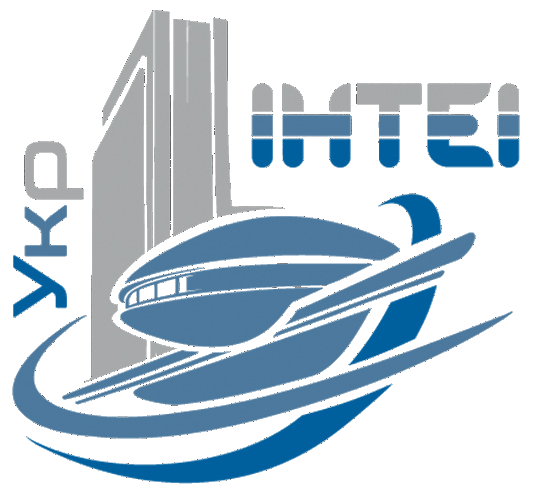28,000 years without recharging. The United States proposed a project for a revolutionary battery with nuclear waste
 The Californian company has announced a project for a battery that runs on nuclear waste and requires little or no recharging. The technology is based on radioactive graphite.
The Californian company has announced a project for a battery that runs on nuclear waste and requires little or no recharging. The technology is based on radioactive graphite.
A key problem with electric cars and any device powered by electricity remains the limited battery life.
Besides the need for constant recharging, batteries wear out rather quickly and need to be replaced.
A solution to this problem was proposed in the Californian company NDB – engineers want to create batteries from nuclear waste.
Recently, the company announced a project of nano-diamond batteries, the resource of which can be estimated in millennia. Scientists propose to use radioactive graphite, which remains after the operation at nuclear power plants, as the main energy carrier.
By refining this graphite, the authors of the project plan to create carbon-14 radioisotopes in the form of diamonds. The structure of this substance acts as a heat sink and a semiconductor, allowing charge to be collected and discharged outside. To protect people from radioactive radiation, the energy carrier is going to be turned into a shell of non-radioactive solid diamond carbon-12.
It is assumed that such a battery will be safe for humans, cheap to manufacture, and its specific energy density will be several times higher than that of conventional lithium-ion batteries.
The NDB says this technology can be used with batteries of various sizes and types. The company even predicts that it will scale its technology to the size of an electric car battery that can last up to 90 years.
After a long half-life of carbon-14, the theoretical maximum life of such a battery for a low-power sensor, for example, a satellite in orbit, should be 28 thousand years.
“The technology’s ability to provide energy for very long periods of time without the need for recharging, refueling or maintenance puts the company in an ideal position to meet the world’s energy needs with a distributed solution with virtually zero environmental impact and energy transportation costs,” – said John Shaw-Taylor, professor at University College London.
The NDB plans to start developing a commercial prototype of its battery after the COVID-19 pandemic, and the first commercial version of such a battery should appear in a few years.
Source: nv.ua











